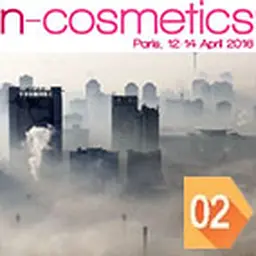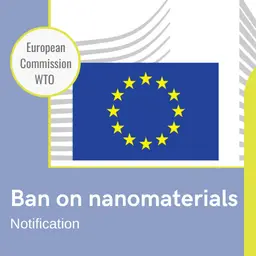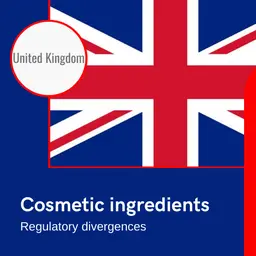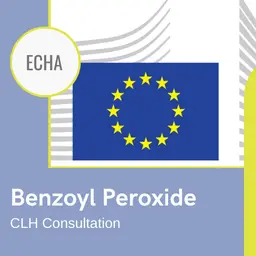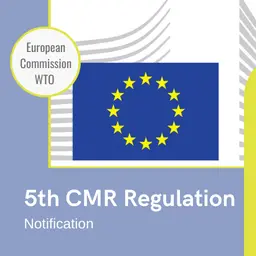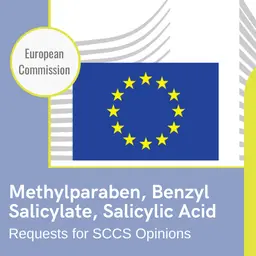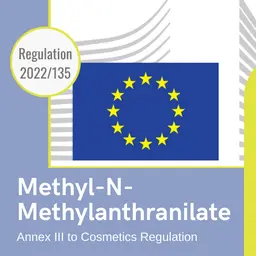
Fine particles, exhaust gases, cigarette smoke, heavy metals… whether it be atmospheric or domestic, we are surrounded by pollution every day, and the damages it causes on the skin are better and better known. Driven by the Asian demand, anti-pollution claims in cosmetics are increasing, and there are countless new ingredients to justify them. Once again, the Paris edition of the In-Cosmetics show was a perfect example of this trend.
All major cosmetics laboratories have been working on this issue, sometimes with very ambitious research programmes (see our article, How pollution disturbs the skin , on this topic). And today, we know how to characterize the most harmful pollutants for the skin as well as their effects on it.
Which pollutants, which effects
Several types of polluting aggressions affect our skin on a daily basis. Here are the most targeted in cosmetics:
• Atmospheric pollution: carbon particles, heavy metals… derived from our cars’ exhaust gases and factories’ releases, especially particulate matter (or PM2.5, airborne particles with a diameter less than 2.5 micrometres), but also sun UV rays…
• Domestic pollution: chemicals, cigarette smoke, but also the blue light emitted by TV, computer, smartphone, and tablet screens.
As cosmetic ingredient supplier Solabia points out, the pollutants which constitute our daily, inside and outside environment, are directly linked to public health issues and must be considered as important sources of cutaneous stress. The evolution of our lifestyles and the increasing urbanization amplify the risks, making the pollution one of the major sources of concern for beauty.
And this is no trivial threat. Another ingredient supplier, Lucas Meyer , highlights its importance with …

